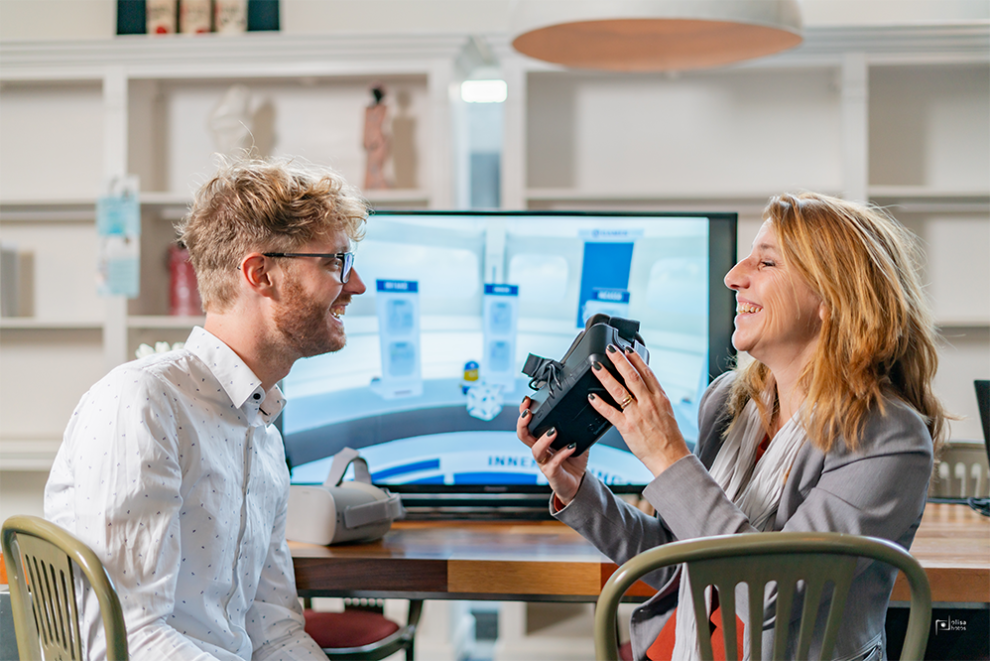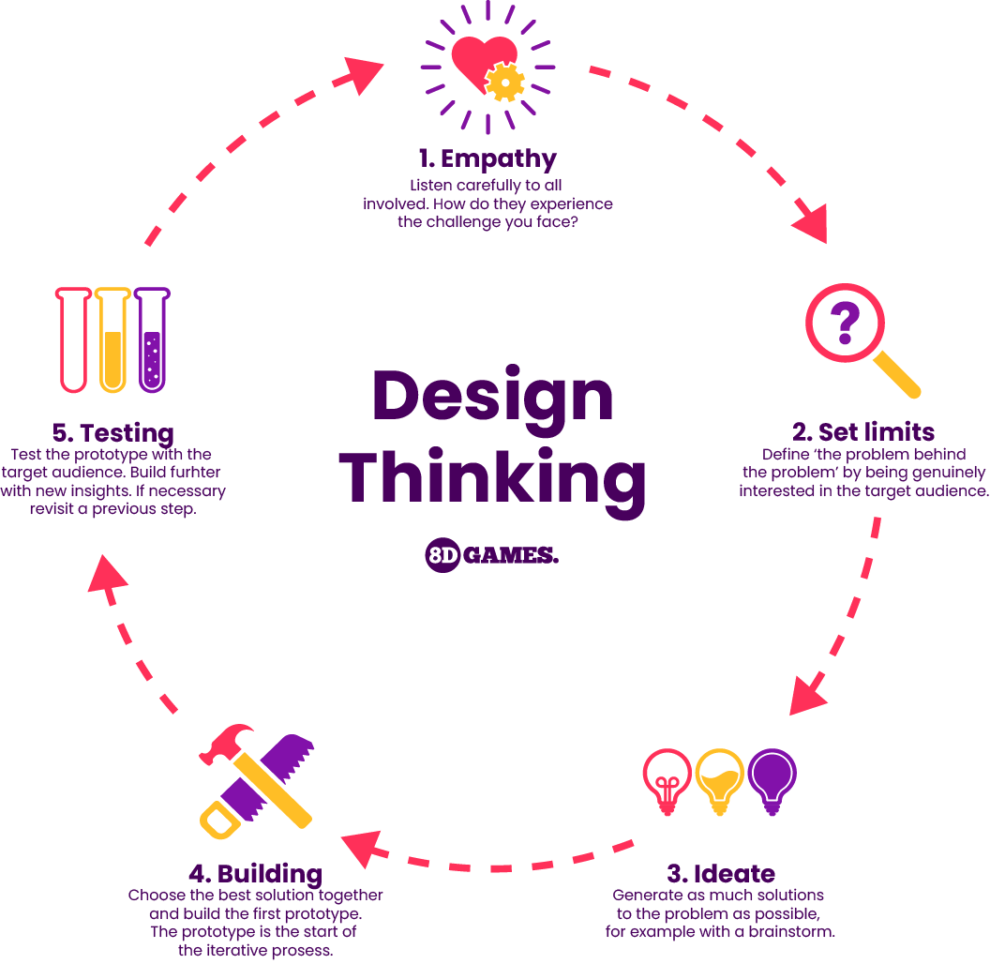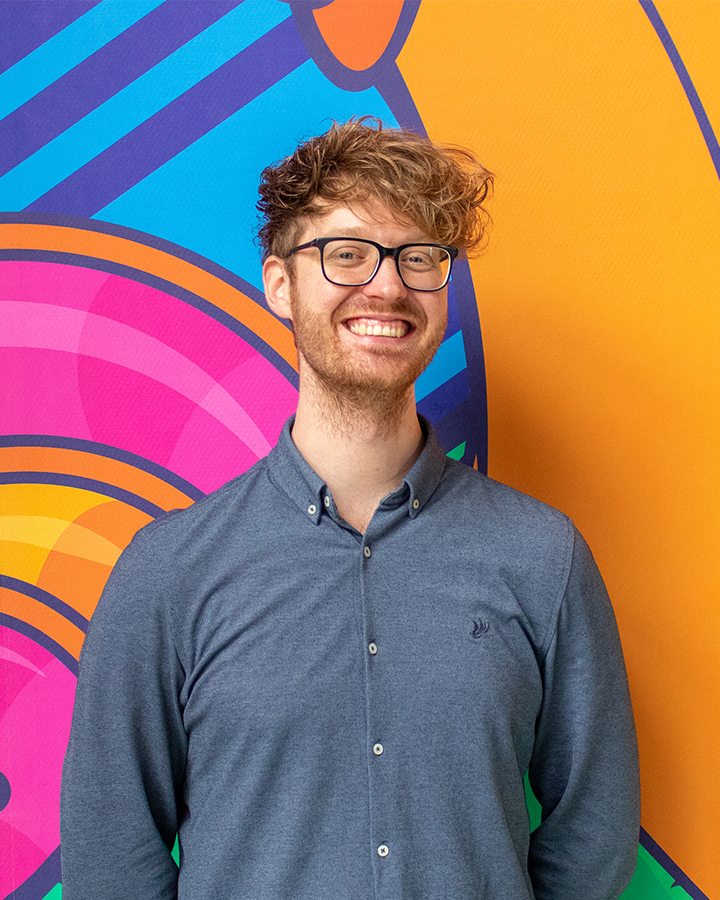Partnerships
Working on education and youth welfare Although our home base is firmly in the Frisian clay, we have built up a large network of international cooperation partners in recent years….
No one is all-knowing, that’s exactly why we can be sure of one thing: you can’t make a truly edifying gamification on your own. Not only do you need graphical and technical experts, you also need input from experts and the target audience. Preferably from the very start of the development process. Does this all sound exciting? Don’t worry, the process is in good hands with us

We employ the design-thinking methodology in order to guide us from problem to desired solution. The first hurdle you need to cross is what we call the design gap. Design thinking uses empathy as well as genuine interest in the end user’s problem in order to find a solution that works. We have several years of experience employing this method to pin-point the right problems to solve. We often discover that the end-users’ problems lie differently than at first sight.
Entertain the thought for a second. You’re commissioning a house to be built but the construction company never asked you your wishes. There’s next to no chance the house will be your dream house. Serious games are the same. That’s exactly why we involve everyone with the development process. Of course it’s instrumental for such a co-creation process to have a good supervisor which can prioritise and facilitate wishes. This is a complex job but we take it on with pleasure. After all, this is the only way to build the game that the end user truly needs.

An lot of scientific literature has been published on design thinking. Moreover, it is being used in more and more sectors, which means that the method is also constantly tested in practice. We like to use the method as described by Robert A. Curedale in Design Thinking: process and methods.

Johan is a design thinking fanatic from the very beginning! Feel free to get in touch.